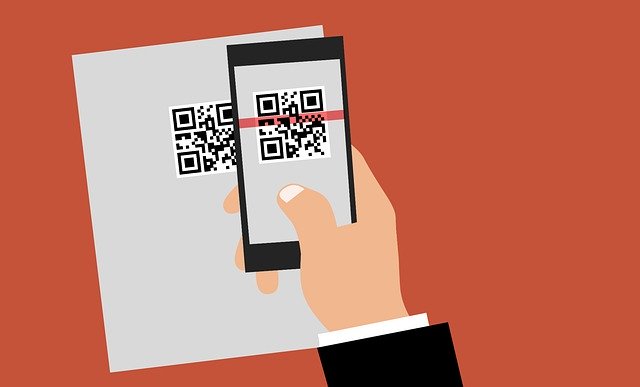
Voting is a cornerstone of democracy, allowing citizens to participate in the decision-making process. In recent years, Quick Response (QR) codes have emerged as a powerful tool for making voting processes more efficient and accessible. By leveraging QR codes, election authorities and organizations can streamline voter registration, facilitate ballot casting, and enhance the overall efficiency and integrity of elections. In this article, we will explore the impact of QR codes on voting processes and how they are revolutionizing the democratic experience.
Efficient Voter Registration
QR codes simplify the voter registration process, reducing paperwork and administrative burdens. Instead of manually filling out lengthy registration forms, potential voters can scan QR codes provided by election authorities or online platforms. These QR codes contain pre-filled registration information, such as name, address, and identification details. By scanning the QR codes with their smartphones, individuals can quickly verify the accuracy of their information, make necessary updates, and complete the registration process efficiently. This streamlined approach improves accuracy, saves time, and encourages more eligible individuals to participate in elections.
Secure Ballot Casting
QR codes enhance the security and accuracy of ballot casting. When voters receive their ballots, they can find QR codes printed on them. These QR codes contain unique identifiers that link to specific ballots, ensuring that each vote is properly accounted for. By scanning the QR codes at designated voting stations or using dedicated voting applications, voters can securely cast their ballots. QR codes also facilitate real-time verification, ensuring that only valid ballots are counted and reducing the risk of fraudulent activities.
Accessible Voting Options
QR codes provide accessible voting options for individuals with disabilities or language barriers. By incorporating QR codes into electronic voting systems, voters can access alternative formats, such as audio instructions or translated ballots, to accommodate their specific needs. QR codes also enable voters to adjust font sizes, contrast levels, or screen reader settings for improved accessibility. This inclusive approach ensures that all individuals have equal opportunities to participate in the voting process, promoting democratic values and principles.
Instant Results and Efficient Counting
QR codes expedite the process of vote counting and result tabulation. Election authorities can utilize QR codes to automate the data entry and tallying processes. Scanning QR codes allows for immediate data capture, eliminating manual data entry errors and reducing the time required for counting votes. This efficiency enables faster declaration of election results, enhancing transparency and public confidence in the electoral process. Additionally, QR codes provide an audit trail, allowing authorities to trace and verify each vote, further strengthening the integrity of the election.
Voter Engagement and Information
QR codes promote voter engagement and provide easy access to essential information. Election campaigns can leverage QR codes on promotional materials, such as posters, flyers, or advertisements, to direct voters to candidate profiles, campaign platforms, or voter education resources. Voters can scan the QR codes with their smartphones, instantly accessing relevant information and making informed decisions. This digital approach empowers voters with knowledge, encourages active participation, and fosters a more informed electorate.
Post-Election Analysis and Transparency
QR codes facilitate post-election analysis and transparency. By scanning QR codes on ballots, election authorities can gather data for comprehensive post-election analysis. This data helps in identifying voting trends, demographic patterns, and potential areas for improvement in future elections. QR codes also enable independent observers and citizens to scrutinize the election process by providing access to detailed voting data. This transparency promotes trust, accountability, and public confidence in the democratic process.
In conclusion, QR codes are transforming the efficiency and accessibility of voting processes. By simplifying voter registration, ensuring secure ballot casting, providing accessible options, expediting vote counting, promoting voter engagement, facilitating post-election analysis, and enhancing transparency, QR codes are revolutionizing the democratic experience. As technology continues to advance,



